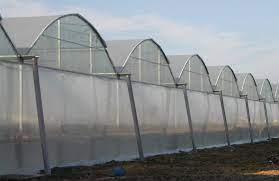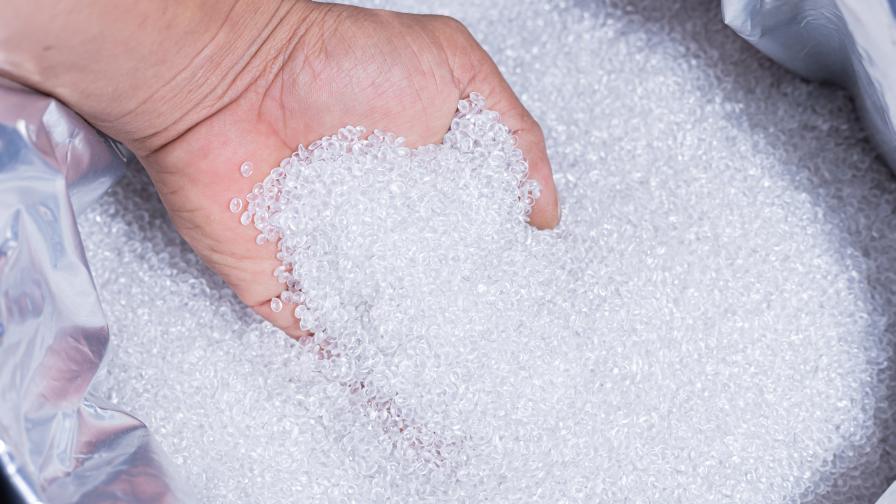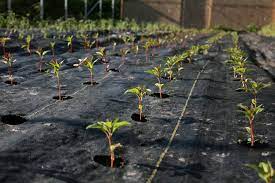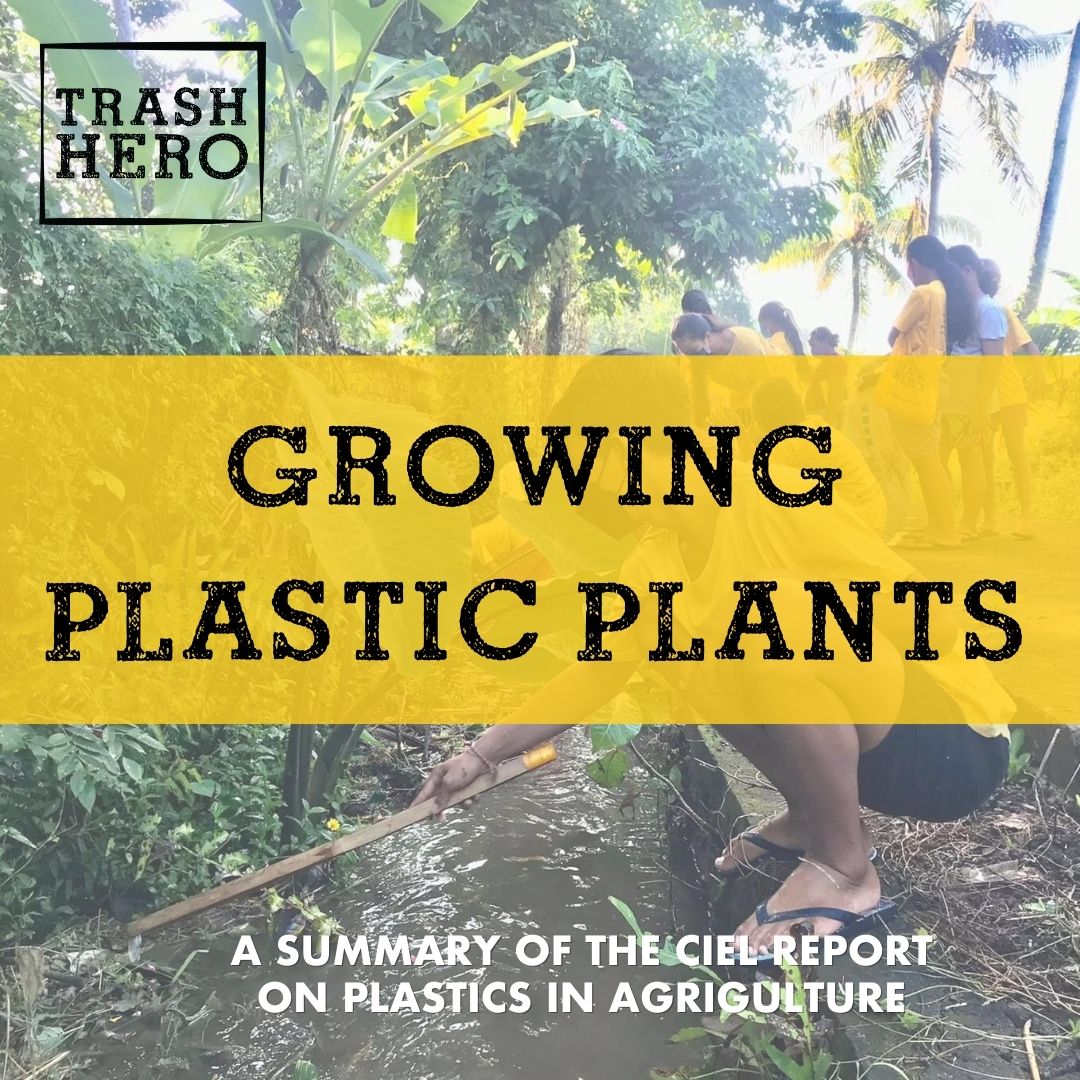Plastic coming into contact with our food has been a source of concern for many years, but it would seem the contamination starts much earlier than the final packaging
It is common knowledge that microplastics pose a serious threat to environmental and human health. Not only have microplastics been found in our drinking water, food supply and even the air we breathe, but recent studies have also found microplastics in human blood and lung tissue (you can read more about that here). Their presence in the cosmetic industry has been exposed and many countries have introduced, or are working to introduce, microplastics bans in cosmetic products such as toothpastes and face washes. However, something that has not been much discussed is the presence of plastic and microplastics in the agricultural industry. The Centre for International Environmental Law (CIEL) recently published a report on the role of microplastics in agriculture, and the information is concerning.
The use of plastic is visibly prevalent in agriculture – it is used to cover crops, package products, and construct greenhouses and landscaping. This use of plastic is obvious and clear for everyone to see. However, what is not so obvious is that microplastics are being intentionally used as part of the fertilisation process.



Marketed as being key to sustainable and ‘climate friendly’ agriculture, fertilisers are coated in microplastics to help control their release once in the soil. This is achieved through microencapsulation, the process of wrapping a nutrient or chemical in a synthetic polymer material (a form of plastic) to create a small pellet. Controlled-release fertilisers (CRFs) use these coatings to slowly release their contents over a longer period of time. The coatings remain in the soil once the fertiliser has been released and does not degrade. The toxins they contain accumulate in the soil, ready to be absorbed by the crops, or leaked into the air and water supply
This CRF technology is not new – it was introduced in 1970 1 – but recently producers have been strongly pushing its use as a ‘planet-safe option’. No mention is made in the new-style marketing of the impact on the soil and food chain; instead they claim greater efficiency, without any solid data to back this up. In fact, according to the CIEL report, these plastic-coated fertilisers are unnecessary. There are effective and more climate-friendly alternatives that exist, methods that reduce the use of synthetic (fossil- fuel- based) pesticides and fertilisers altogether
How much microplastic is being used?
It will likely come as a surprise to hear that it is not the cosmetics industry that is responsible for the majority of primary microplastics currently being used (primary microplastics are microplastics that are intentionally produced, secondary microplastics are those that come from plastic breaking down). In a 2019 report from the European Chemicals Agency (ECHA) it was found that microplastics intentionally added to fertilisers, pesticides and seed coatings accounted for an estimated half of the 51,500 tonnes of microplastics used each year in the European Economic Area (EEA). They estimated that 22,500 tonnes were used in fertilisers and 500 tonnes used in pesticides 2. These numbers show that, within the EEA, the agricultural sector uses more microplastics than any other industry.
Not only are they using more microplastics than any other industry, but these microplastics are being placed directly into the natural environment, affecting our health as well as that of the fauna and flora worldwide.
How do microplastics impact us?
These plastic-coated agrochemicals directly introduce microplastics into the environment and potentially into our food supply. Even prior to being coated in plastic, there are risks to the environment and our health from using synthetic fertilisers and pesticides – much like plastic itself they are derived from oil and gas and are seen as some of the most harmful and toxic substances used globally.3
Some of the health concerns from microplastic exposure include: increased cancer risk, cellular mutations or cell death, heart disease, chronic inflammation, rheumatoid arthritis, diabetes and more. 4
What can be done?
Primary microplastic pollution is preventable, however regulation is severely lacking.
‘The current level of action is not yet adequate for addressing sound management of intentionally added microplastics’
An Assessment Report on Issues of Concern,
UNEP5
It is vital that as we go forward, as we continue our war on plastic, that those with the power to implement regulations and rules in regards to microplastics across all industries do so. The use of primary microplastics must be stopped in the agricultural sector, and indeed across all manufactured products. This cannot just be on the national level, but something that must be implemented globally. Global treaties are the key to impactfully reducing plastic and a comprehensive global approach must be developed and enforced.
Read the full report: Sowing a Plastic Planet – How Microplastics in Agrochemicals Are Affecting Our Soils, Our Food, and Our Future
[Update 29.06.23] Further reading on this topic can be found here: Why agri plastics are bigger threats than they appear to be
See more updates from CIEL :
Footnotes:
- ‘Volume 1, Development and evaluation of controlled release formulations of pesticides’- International Atomic Energy Agency
- ECHA, Annex XV Restriction Report – Microplastics, Table 15
- Executive Summary, CIEL Report, Growing a Plastic Planet
- For more information about plastics affecting our health you can read this article from the Guardian or this report
- An Assessment Report on Issues of Concern: Chemicals and Waste Issues Posing Risks to Human Health and the Environment


Join the conversation